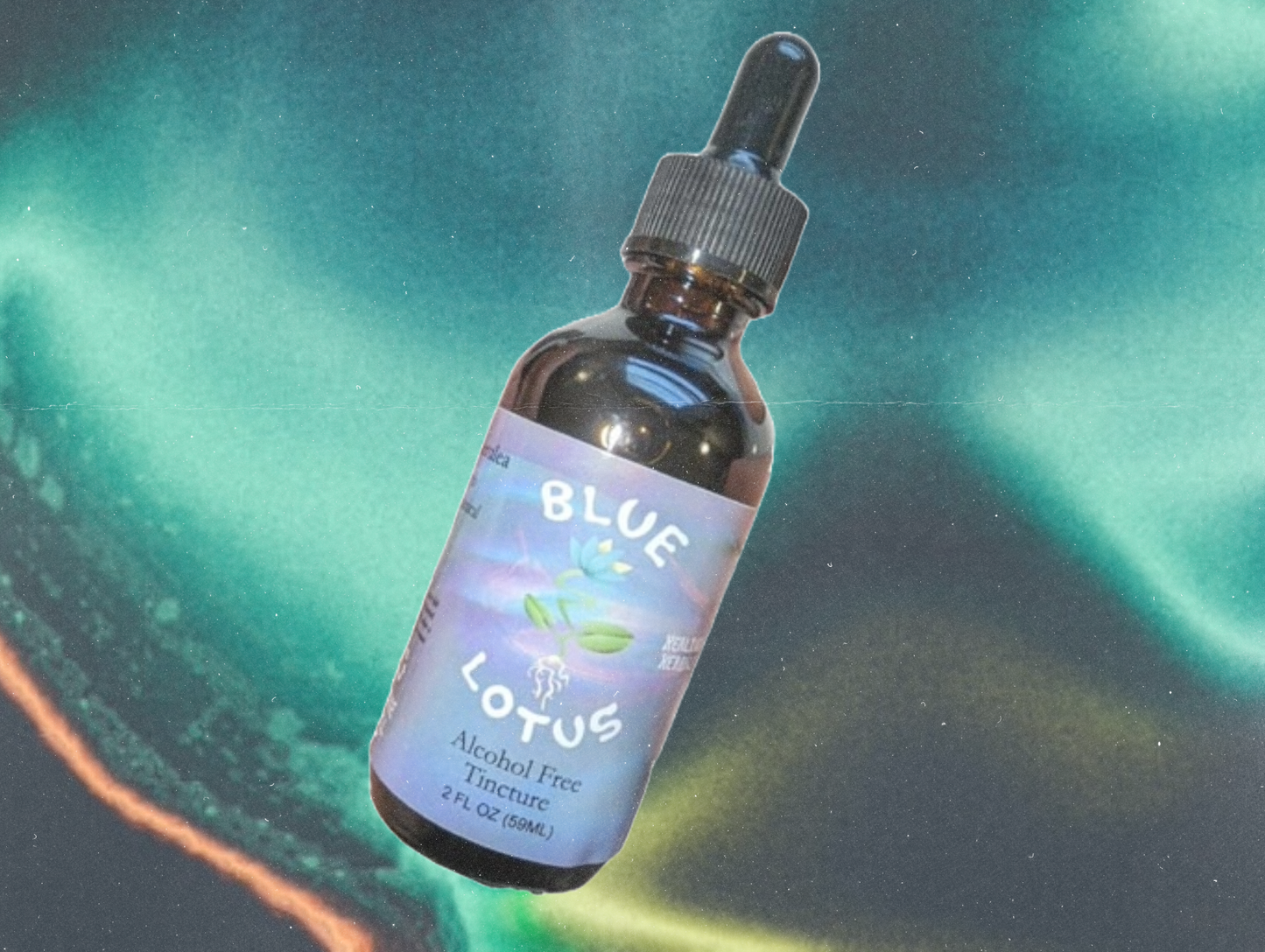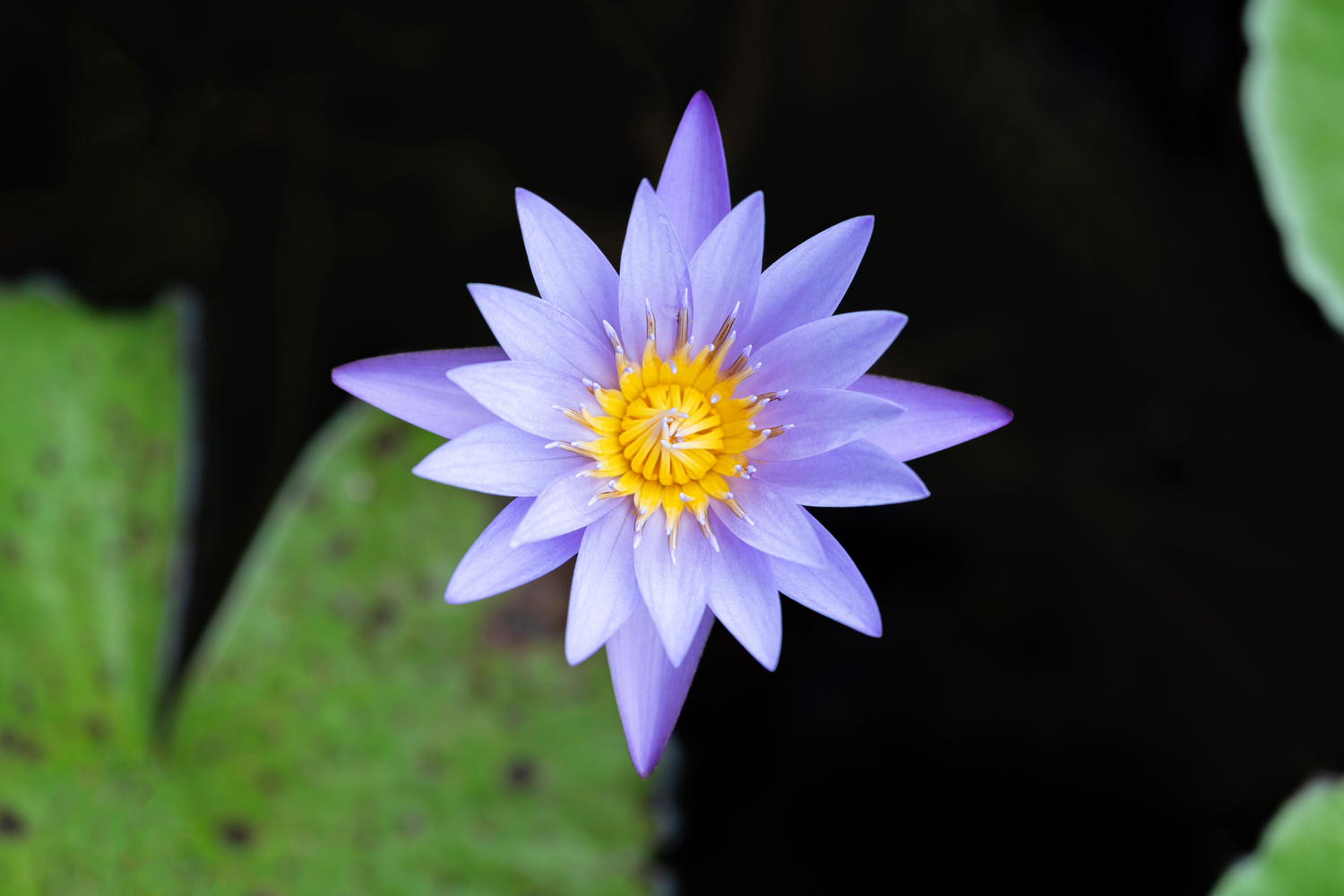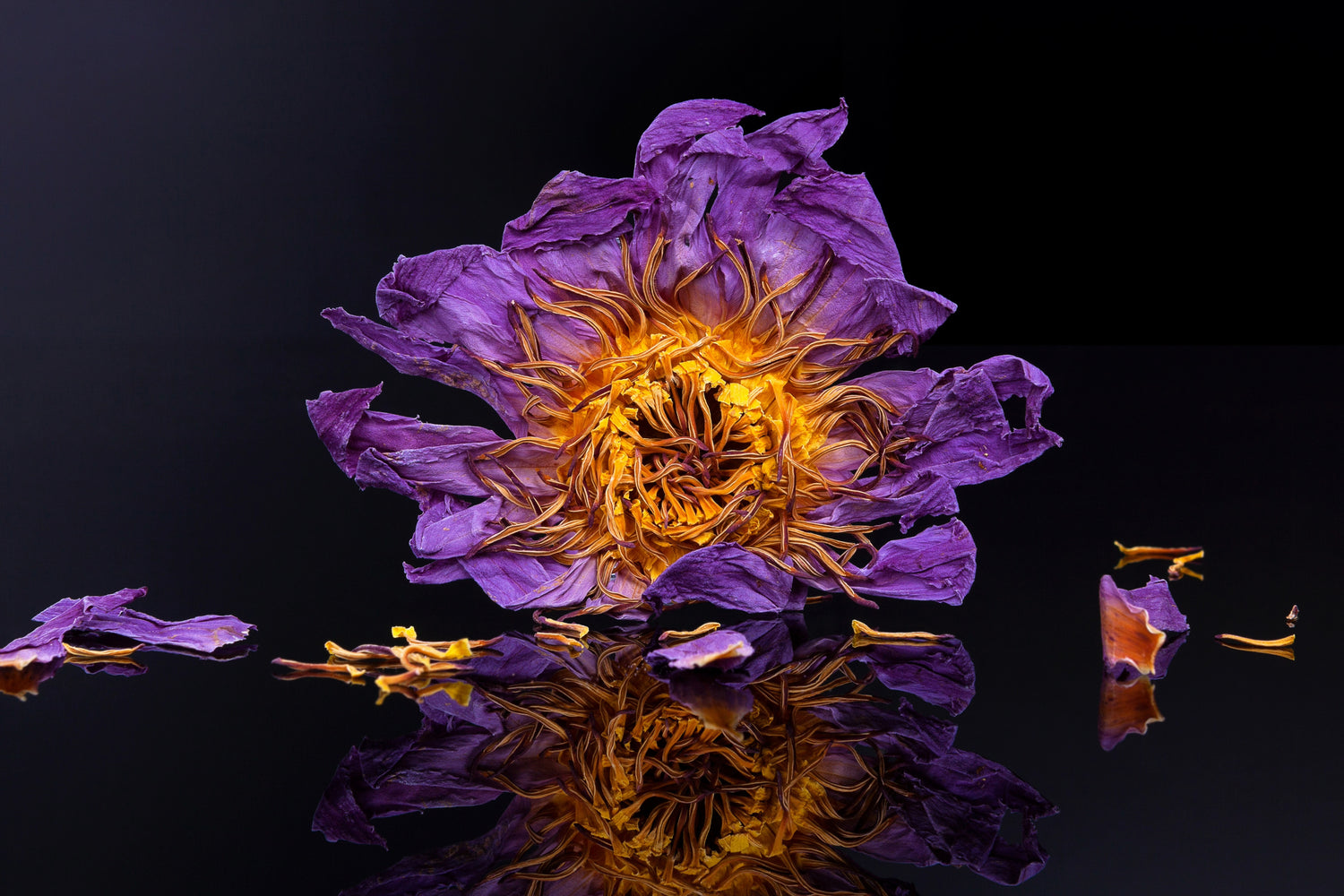
Healing Herbals
Blue Lotus Alcohol Based Tincture - 2oz
Blue Lotus Alcohol Based Tincture - 2oz
Couldn't load pickup availability
Blue Lotus Tincture – 2 oz
Product Description
Our 2 oz Blue Lotus Tincture is carefully prepared from organic Nymphaea caerulea (blue lotus) flowers and extracted with grain alcohol for purity and consistency. Each small-batch tincture is made with sustainably cultivated blossoms, ensuring a dependable and high-quality botanical extract.
Traditional Use & Origin
Blue lotus has a long history of use in ancient Egyptian and other traditional practices, often valued for its symbolic and ceremonial significance. Today, it remains a cherished botanical enjoyed in a variety of modern preparations.
Usage
For oral use only. Add a few drops to a favorite beverage or take directly under the tongue.
Not intended for vaping.
Ingredients
- Organic Blue Lotus Flower (Nymphaea caerulea)
- Grain Alcohol
Disclaimer
These statements have not been evaluated by the FDA. This product is not intended to diagnose, treat, cure, or prevent any disease.
Share

It has helped with my insomnia tremendously. If I wake up in the middle of the night, I take another dropper and back to sleep. Thanks for a great product.
I strongly recommend this to anyone who has difficulty falling asleep. I use it at night prior to going to sleep works wonders.

Blue Lotus and Quality
Healing Herbals works closely with small family lotus farms and through sustainable and ethical sourcing of Nymphaea caerulea. Our sources always grow organically, avoiding heavy synthetic fertilizers. Our blue lotus flowers come from well-managed farms or sustainably maintained wild ecosystems on private lands.

History of Blue Lotus
Blue lotus, or Nymphaea caerulea, was highly valued in ancient Egypt, appearing in art, jewelry, and temple carvings. Its striking blue flowers symbolized the sun, creation, and rebirth, and it was often included in religious ceremonies along the Nile. The plant’s presence in tombs and artifacts highlights its cultural and spiritual significance throughout Egyptian history.
Over the last 2 thousand years this flower has been cultivated, bred and ecologically diversified to include several known cultivars and varieties including the Purple Thai, Egyptian Blue, and other subvarieties.

